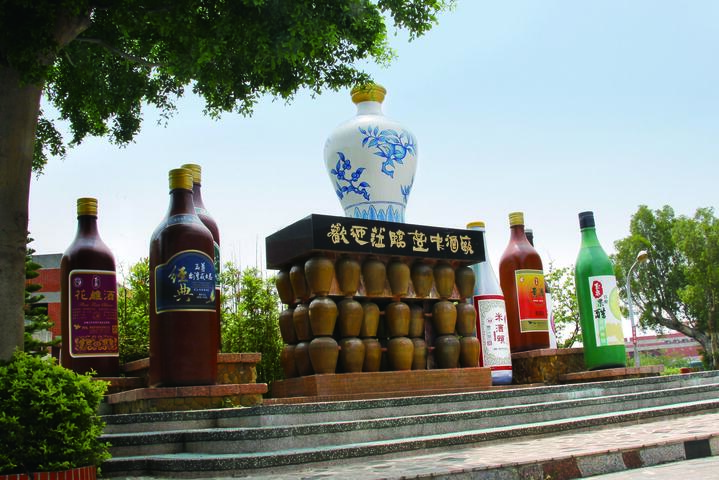Taichung Distillery Introduction
The origin of the Taichung Distillery dates back to the Japanese colonial period with the establishment of the private "Taihoku Seiko Co., Ltd. Taichung Factory" in 1916 in the southern district of Taichung City, primarily producing sake and rice wine, making it the largest distillery in central Taiwan. After the implementation of the liquor monopoly system in 1922, this private factory was taken over by the Governor-General of Taiwan and transformed into the "Governor-General of Taiwan Monopoly Bureau Taichung Distillery." In response to the increasing demand for production, the factory expanded its scale. After World War II, the Kuomintang government took over the Taichung Distillery, and after several transitions, it was officially renamed "Taiwan Provincial Tobacco and Alcohol Bureau Taichung Distillery" in 1957. Taichung Distillery is renowned for developing huangjiu (yellow wine) and high-concentration fermented rice wine. In response to the market's fondness for brewed alcoholic beverages in the 1960s, in addition to the existing huangjiu production line, it actively developed new products like "Huadiao wine," which became popular after its launch and earned a "Gold Award" from the World Wine & Spirits Competition in 1988. Due to equipment updates, environmental requirements, and urban development planning, the Taichung Distillery relocated to the Taichung Industrial Zone in 1998. The new facility was built with an overall planning approach, integrating traditional brewing techniques with modern automated control technologies and implementing standard operating procedures, making it the first modern distillery in Taiwan to receive GMP certification, showcasing an example of industrial upgrading. The "Old Taichung Distillery Area," featuring clean water brick walls, a Japanese-style ceremony hall, and wooden large-span factory buildings, was designated as a historical building by the Taichung City Government in 2002 and was included as a scheduled cultural heritage site by the Ministry of Culture in the same year. After the relocation and re-planning, in addition to its original focus on distilled rice wine and brewed huangjiu, Taichung Distillery also launched "Yongkang wine," developed in 1999 based on a formula provided by Mr. Chen Lifu, made from a blend of 22 types of Chinese medicinal herbs and high-quality rice. This authentic Chinese health wine, characterized by its light and elegant flavor, is not only enjoyable but is also beneficial to health, gaining favor among consumers. After Taiwan's accession to the WTO, the liquor monopoly system was abolished, and the Taiwan Provincial Tobacco and Alcohol Bureau was restructured into Taiwan Tobacco and Liquor Corporation. The Taichung Distillery also began focusing on consumer-oriented product development. In recent years, in addition to steadily producing the most popular rice wine, it has also been committed to developing diversified alcoholic beverage products, including oligosaccharides, fruit vinegar, and red yeast, fully utilizing the factory area, increasing production capacity, and improving equipment utilization. Source: Taichung Distillery Official Website









































